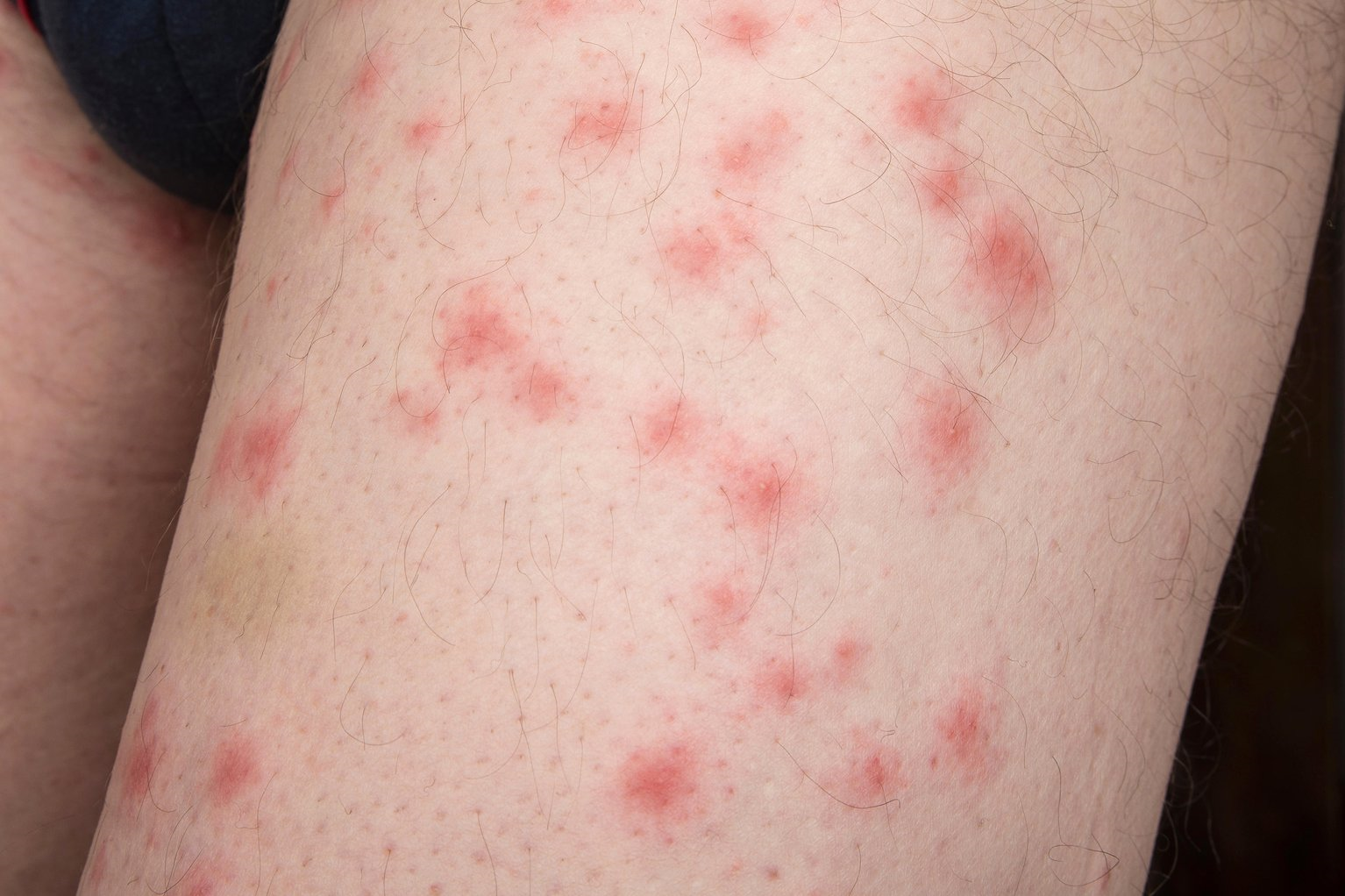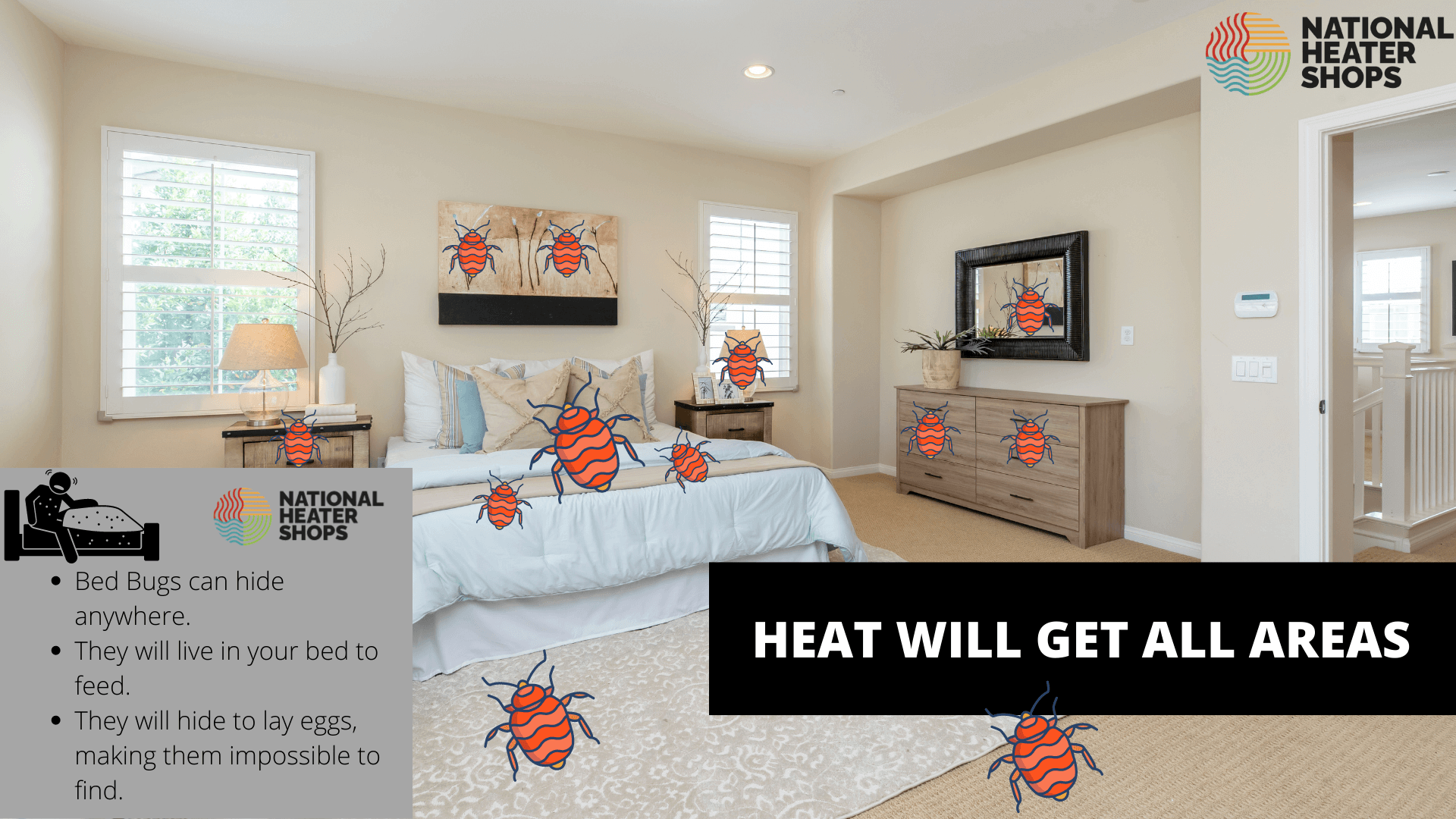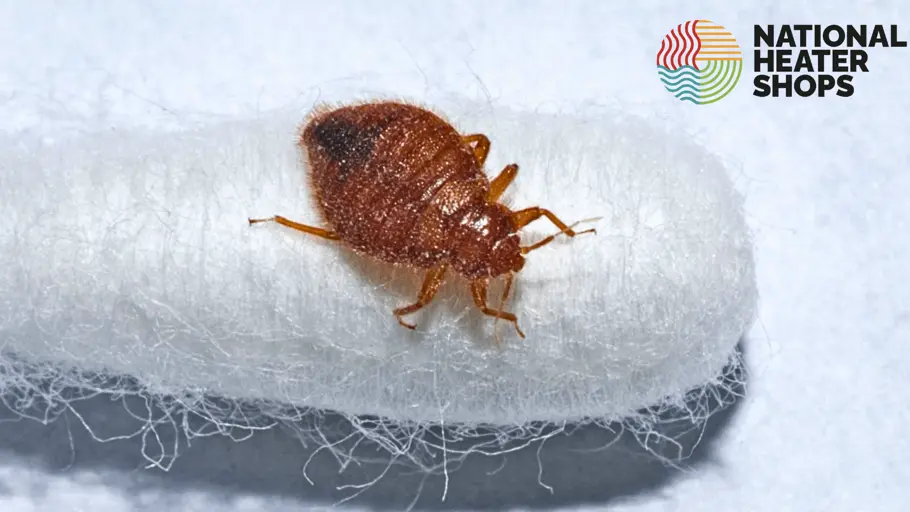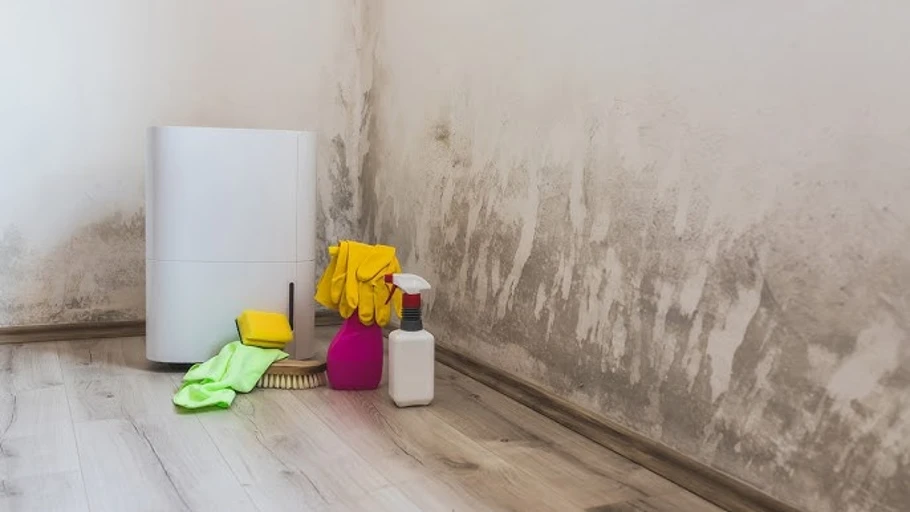How To Get Rid Of Bed Bugs
By Isabella Jeffrey
Paris is panicking as a bed bug infestation is swiftly sweeping the city. Reported sightings in trains, cinemas and airports signify why the title "bedbugs" is slightly misleading. These pesky parasites will creep into any crack or crevice in close proximity to a human food source.
These irritating insects are hard to spot and even harder to get rid of. Their bite can cause intense itching. Depending on the severity of your infestation, you may wake up covered in an angry welts. In rare and extreme cases, bites can trigger a severe allergic reaction (anaphylaxis).
Experts warn that the tiny hitchhikers may soon hop a ride over to us. In the case of a UK infestation, we have created this helpful guide on how to stop these bothersome, bloodsucking bugs from creeping into your living spaces.
Signs of Bed Bugs
Bites
The obvious answer is to check for bites. They usually appear raised and itchy, typically in a line or grouped together. Bites usually occur in trails across areas most exposed during sleep, such as the wrist, neck and legs. On lighter skin, bites will appear red or pinkish. On darker skin bites may have a purple tone and look less visible.

Blood
As these bloodsucking bugs live in your bed, you will unknowingly get rid of a few of them in your sleep. Crushed bugs will leave a bloody blemish, staining your sheets or clothes. Scratching at bites during the night will also create visible blood spots.
Smell
If you notice an unusual musky or sweet smell infusing your room, this is the telltale scent of a bed bug infestation. This is a new revelation from experts, who have noted that an unpleasant odour comes from bedbug’s scent glands. The bed bug smell is hard to pinpoint as it unique for different people. So, we recommend that you focus on noticing any obvious change of aroma in your room.
Shells
Like most insects, bedbugs shed skin - scattering shells and debris over your surfaces. Bed bug casings appear reddish brown or slightly translucent and may crunch if squashed. They especially like to hide in the cracks and crevices of your bed. These hotspots include tight corners, bed frames and seams of the mattress.
Eggs
If you have the eyes for it, you may be able to spot bed bug eggs. They are tiny off-white specs, resembling tiny grains of rice, around 1mm (pinhead size). Eggs are often found in small piles, occasionally amongst darker debris discarded by adults.
Adult
Bed bugs (scientifically known as cimex lectularius) are wingless parasites, with six legs and often reddish brown in colour. They are oval in shape, similar to an apple seed. Adult bed bugs are roughly 5mm long, with adults growing up to 7mm. Female bed bugs can lay up to 500 eggs in a lifetime, creating a bed bug colony.
How To Treat Bed Bugs
The first step to getting rid of bed bugs is to have patience. Removing bed bugs is no easy feat; it takes time, energy and effort, but it will certainly pay off.
There are many different treatment methods to use in your battle against bed bugs. Some treatments are more effective than others, while some methods are cheaper and more accessible. From simply cleaning your home to using high heat extermination, there is a variety of treatments for you to try.
Identify Infested Areas
As bed bugs are relatively flat (around the thickness of a credit card) they inhabit cramped, tight spaces. Along with seams and bed frames, bed bugs often prefer between the mattress and box spring. Even if you can't find bed bug bodies, there are other signs to spot. For instance, if you notice little blackish specs on bedsheets, this is evidence of bed bug excrement (charming, we know).
Where to look for bed bugs:
- Bed frames
- Mattress seam and box spring
- Between couch cushions
- In curtain folds
- In furniture joints, crack and crevices
- Inside electrical outlets
- Under loose wallpaper and picture frames
Clean & Clear
Creating a consistent, clutter-free and clean environment is the first step to treating bed bugs. Clean and vacuum regularly, including the seemingly spotless spaces in your home. Bed bugs aren't fussy; they'll hide anywhere, clean or dirty. This will help you to monitor bed bug activity and make the infestation much easier to control.
Hot Wash
Throw contaminated clothing and bedding into a hot wash (60C). If you have access to one, tumble dry on the hottest setting for a good 30 minutes. Place affected clothes and bedding into a plastic bag and store in the freezer for 3-4 days for effective extermination.
Chemical Treatments
Most pest control companies offer professional chemical treatments as a method to exterminate the elusive creatures. Strong insecticides are sprayed around the target area. Desiccants are used to break down the bug’s protective outer shell, achieving an effective fumigation process. Alternatively, you can buy a bed bug spray to deal with the pests on your own.
Heat Treatments VS. Chemical Treatments
Over the years, bed bugs have learned how to combat chemical treatments by developing a resistance to the pesticides employed to kill them. It is also important to note that chemical methods can only exterminate adult bugs, not eggs. These remaining eggs will spawn and repopulate; hence the pest problem persists.
What's more, chemical sprays act as irritants to people and pets and require regular use to efficiently exterminate adult bugs. Whereas heat treatments offer a one-time sufficient solution.
Heat Treatments
We recommend high heat treatments as the best solution for your pesky pest problem. High temperatures terminate bed bugs at every stage in their life cycle, including eggs.
The Master EKO 3 is ideal for exterminating bed bugs from any domestic space. Simply remove any belongings with low melting points like candles and step outside of the affected area. Inside, the pest control device will use high heat to dehydrate bed bug bodies in the room.
For larger, industrial areas, the Master EKO 9 offers a perfect solution. Using a 3-Phase power supply, the Master EKO 9 will efficiently dehydrate and destroy various pests and parasites.
Check out our heat treatment blog to find out exactly how it works, so you can use one of our pest control heaters to resolve your critter crisis once and for all.









